Classic Learning Research in Practice – Sensory Channels – Keep the Learners Attention
Adobe Captivate
APRIL 10, 2018
Once the learner feels connected , we need to maintain his attention and avoid multitasking. Sensory input remains useless until it is processed by the brain where it becomes perception. It is your brain that sees and hears. Perception starts at the sensory input, in the bottom-up processing approach (Gibson’s Theory).


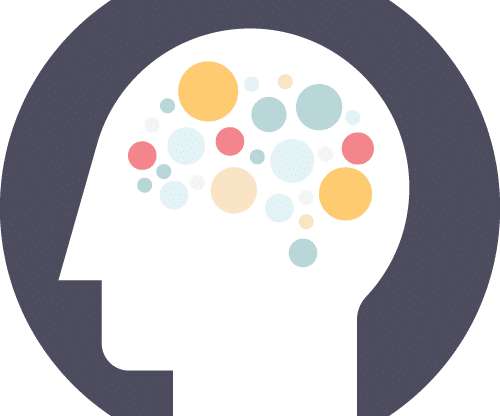

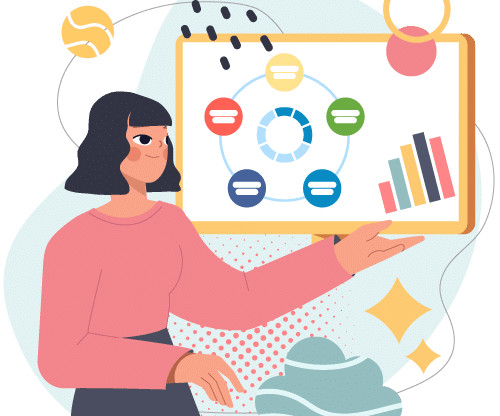
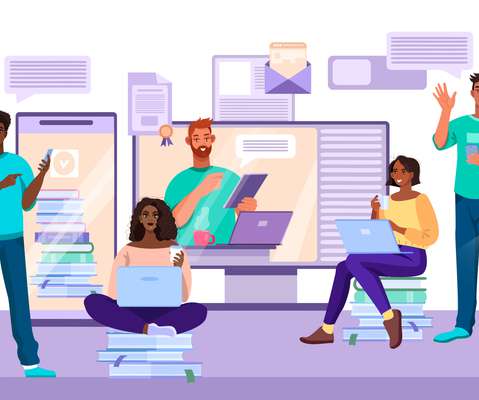
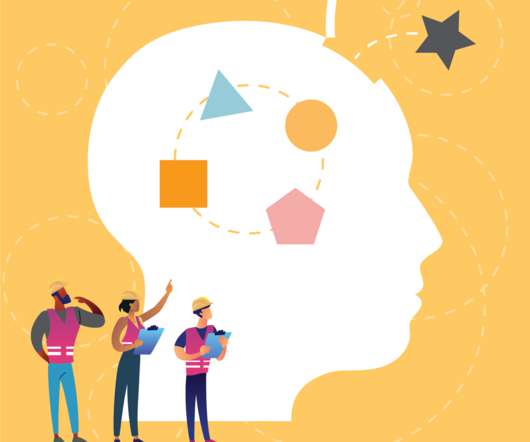

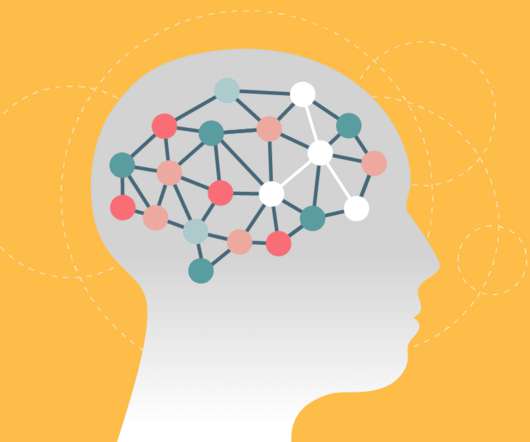
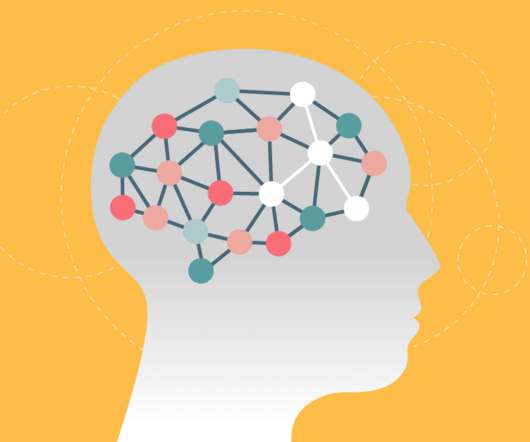












Let's personalize your content